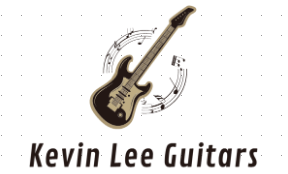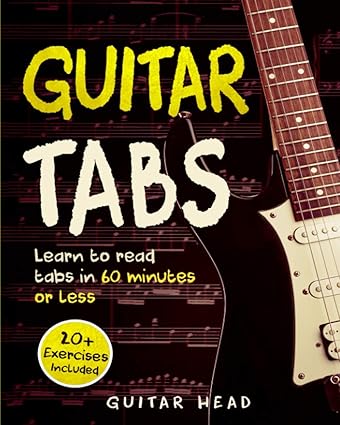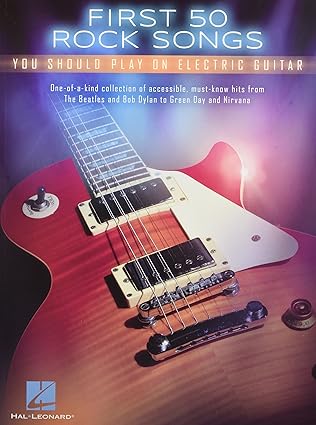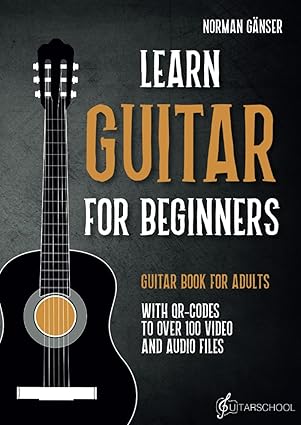For many beginners, learning to play guitar through tablature (tabs) is a popular and accessible way to get started. Guitar tabs are a simplified form of musical notation that shows you exactly where to place your fingers on the guitar neck to play a song. But is learning through tabs alone enough to become a well-rounded guitarist? Let’s explore the advantages, limitations, and tips for learning guitar using only tabs.
What Are Guitar Tabs?
Guitar tabs are a form of notation that represents the guitar’s six strings with numbers indicating the fret to press on each string. Unlike traditional sheet music, tabs are straightforward and don’t require an understanding of musical theory or the ability to read standard notation. This simplicity is one of the reasons why tabs are so popular, especially among self-taught and beginner guitarists.
Advantages of Learning Guitar Through Tabs
- Quick Start for Beginners
- Tabs make it easy for beginners to start playing songs right away. You don’t need to learn complex music theory or read musical notes. Just follow the fret numbers, and you can start playing simple riffs and melodies.
- Learn Popular Songs Easily
- Many popular songs are available in tab format, often for free online. Whether you’re into rock, pop, blues, or metal, you’ll find a wide variety of songs and genres in tab form, making it easy to learn your favorite songs.
- Improves Finger Placement and Dexterity
- Playing tabs helps build finger strength and dexterity by guiding you through different positions on the fretboard. This practice can help develop muscle memory and improve your hand coordination over time.
- Instant Gratification
- With tabs, you can see immediate results. By learning simple songs, you get a sense of accomplishment early on, which can be highly motivating and encouraging for beginners.
Limitations of Learning Guitar Through Tabs Alone
- Lack of Musical Theory Knowledge
- Tabs don’t provide any information about rhythm, timing, or musical dynamics. Learning only through tabs means you miss out on understanding scales, chords, key signatures, and rhythm—essential elements that contribute to a deeper understanding of music.
- Limited Rhythmic Information
- While some tabs include rhythmic symbols, most basic tabs don’t specify rhythm, so you won’t know the exact timing of each note. You’ll often need to listen to the song repeatedly to figure out the rhythm, which can be difficult for complex songs.
- No Focus on Technique
- Playing tabs alone doesn’t necessarily teach you proper technique, such as finger positioning, picking style, and hand movement. Without guidance, you may develop bad habits that could hinder your progress as you try to play more challenging material.
- Difficulty Progressing Beyond Beginner Level
- Tabs are great for learning individual songs but don’t offer a structured path for progression. To advance as a guitarist, you’ll need to understand theory, scales, and improvisation—concepts that tabs alone don’t teach.
Tips for Learning Guitar Using Tabs
- Use Tabs Alongside Listening to the Song
- To understand the rhythm and feel of the song, listen to it while following the tabs. This practice helps you capture the timing and dynamics that aren’t conveyed in the tab notation.
- Combine Tabs with Basic Theory
- Even if you’re primarily using tabs, learning a bit of theory—such as basic chords, scales, and timing—can enhance your understanding of the music. Knowing chords will help you recognize patterns and improve your playing.
- Practice Chords and Scales
- In addition to playing tabs, spend some time learning common chord shapes and basic scales. Chords are the foundation of most songs, and scales are essential for developing lead guitar skills.
- Explore Different Techniques
- While tabs show you where to place your fingers, they don’t tell you how to play. Experiment with different picking techniques, palm muting, hammer-ons, pull-offs, and slides to add dynamics to your playing.
- Challenge Yourself with Complex Tabs
- Once you’re comfortable with simple songs, try learning tabs for more complex pieces. Songs with faster tempos, intricate finger movements, or challenging chord changes can help you grow as a guitarist.
Can You Become a Complete Guitarist Just by Playing Tabs?
While you can learn many songs and riffs by playing tabs, relying solely on them can limit your growth as a guitarist. To become a well-rounded musician, it’s essential to go beyond tabs and incorporate other learning methods, such as:
- Music Theory: Understanding the basics of music theory will give you the tools to create your own music, improvise, and play with other musicians.
- Chord Progressions: Learning chord progressions and the relationships between chords will help you recognize patterns in songs and improve your rhythm playing.
- Ear Training: Training your ear allows you to play by ear, making it easier to learn songs and understand the structure of music.
- Improvisation and Creativity: Tabs don’t encourage creativity or improvisation. To truly express yourself musically, you’ll need to learn to improvise and play beyond the restrictions of tabs.
Conclusion
Yes, you can learn to play guitar by using tabs, especially if your goal is to play specific songs. Tabs are an excellent tool for beginners to start playing immediately and build finger dexterity. However, if you want to develop into a versatile and skilled guitarist, it’s essential to incorporate other learning methods, such as music theory, ear training, and rhythm practice, into your routine. Tabs can be a great foundation, but expanding your knowledge and skills beyond tabs will allow you to grow as a musician and truly master the guitar.




